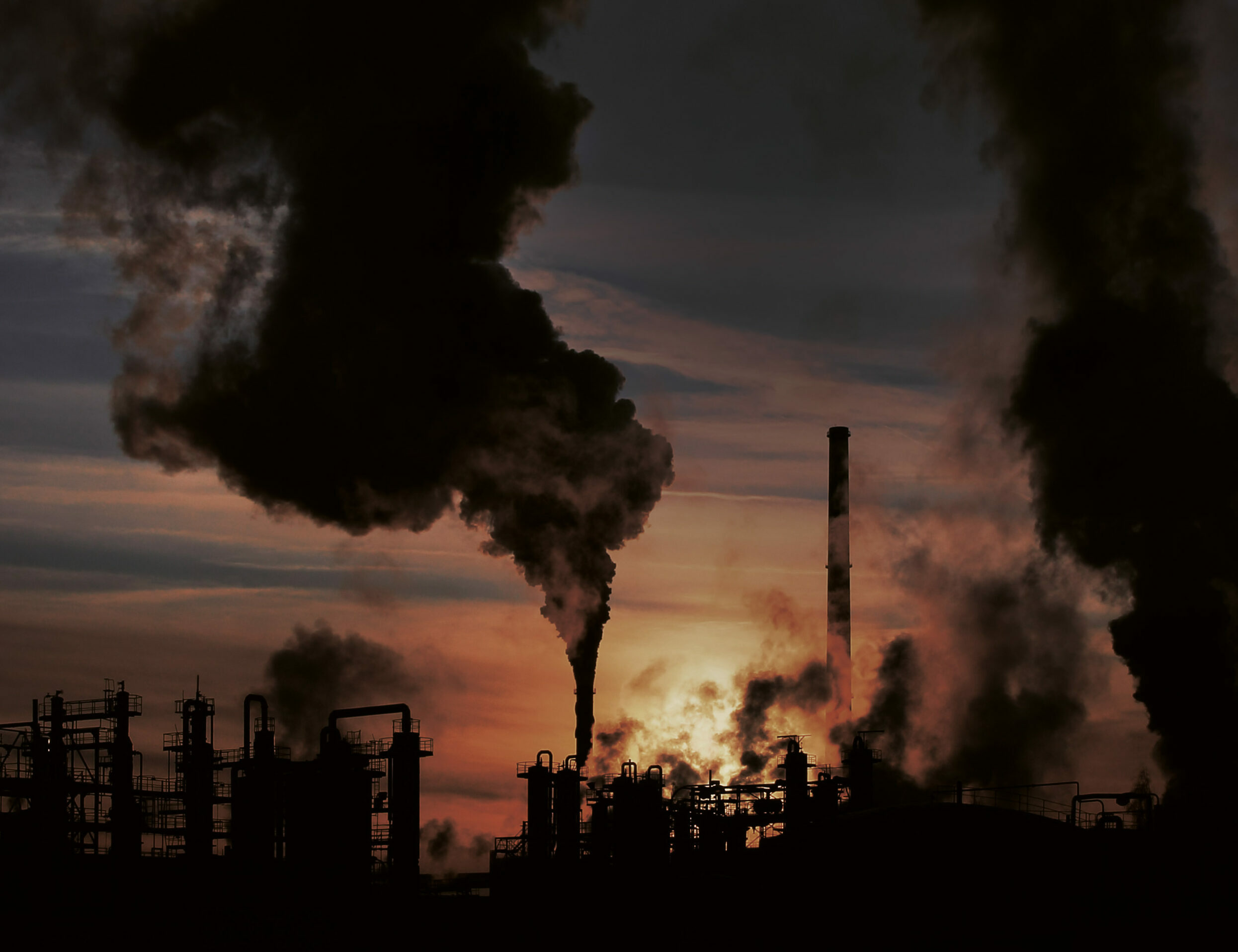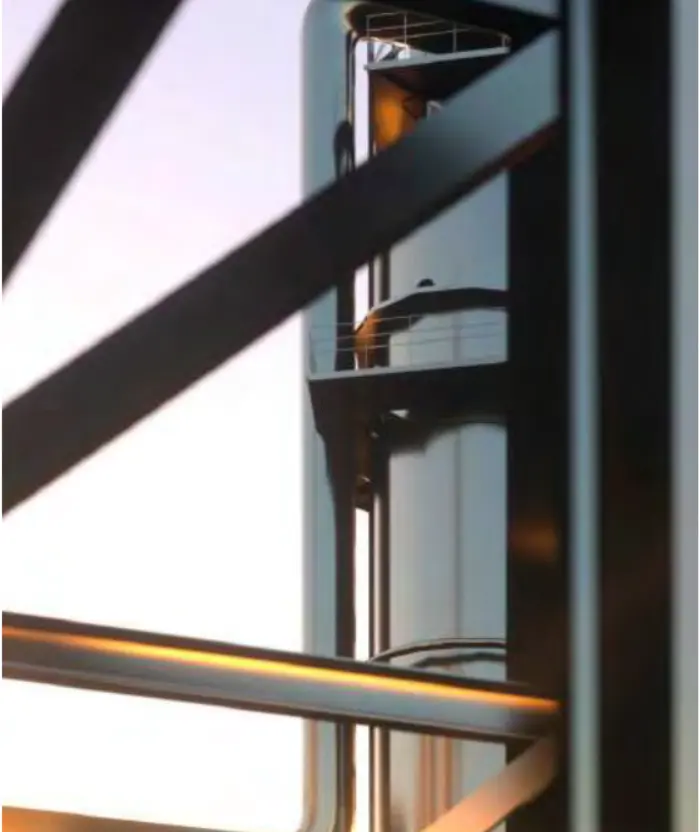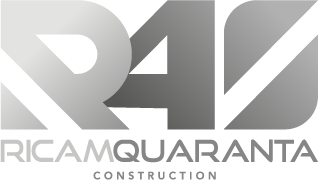
ASSESSMENT
RISKS
Protect your company according to the law.
Ricam Group supports organizations and companies in securing their buildings, be they administrative offices or production plants, by carrying out an assessment of various types of risk based on the regulations required by law. The security service is also completed with documentary and bureaucratic assistance regarding:
- Processing of risk assessment document
- Drafting of internal emergency plans and evacuation plans
- Preparation of ISO 4500:2018 certified safety management systems
- Carrying out internal and external RSPP duties
ACOUSTIC RISK
Law n. 447/95
The acoustic risk assessment is the analysis of the level of exposure to noise of workers within the workplace and is aimed at ascertaining that this falls within the safety limits defined by the standard. Ricam Group carries out the evaluation through phonometric investigations with instrumentation certified by a competent technician in environmental acoustics registered in the regional register.



ENVIRONMENTAL RISK
D. Lgs. 81/2008 E SS.MM.II.
carcinogenic and
mutagenic
biological
fire
atmospheres
explosive

NATECH RISK
Annex B of Legislative Decree 105/2015
Accidents defined as “Na-Tech events” (Natural Hazard Triggering Technological Disasters) consist of industrial accidents caused by natural disasters, in particular earthquakes, floods, landslides and extreme weather events. But also technological accidents such as fires, explosions and toxic releases that occur within industrial complexes and along distribution networks following natural disasters.
A correct evaluation for this type of event implies a structured approach that takes into account all those aspects that characterize relevant events of natural origin compared to those of a traditional type connected exclusively with process deviations:
- Human error
- Loss of containment following accidental rupture
- Unavailability of security systems
- Communication and alerting
- Emergency response
- Stress induced in human resources
- Simultaneity of events in different plants/sites in the same geographical area
- Large unavailability of structures and infrastructures (including energy and technological networks) with consequent impact also on medical rescue and urgent technical rescue activities


RISK OF AGING OF CRITICAL EQUIPMENT
Directive 2012/18/EU (Seveso III)
Ricam Group deals with the preparation and assistance in the Technical Report of the risk linked to aging – corrosion, erosion, fatigue, viscous flow – of equipment and systems that can lead to the loss of containment of dangerous substances.
- STATIC SYSTEMS: tanks, exchangers, ovens, reactors, mixers, separators, columns and pipes
- DYNAMIC SYSTEMS: pumps, compressors and turbines
The documentation produced will comply with the guidelines relating to the “Synthetic evaluation of the adequacy of the equipment aging management program in the Seveso factories” by the inter-institutional group composed of INAIL, ISPRA, ARPAL, ARPA and the Ministry of Ecological Transition, updated in March 2021.
Census of critical equipment on a documentary basis (P&ID, layout, safety report), followed by subsequent verification at the plant
Definition of the significant aspects connected to the risk of major accidents which require measuring the improvement and maintenance of safety levels
Preparation of procedures aimed at defining the criteria for monitoring, maintenance and control of the aging of equipment
Preparation of the self-assessment report pursuant to the GDL Guideline coordinated by INAIL for containment systems

PIR MANAGEMENT SYSTEMS RISK
Annex B of Legislative Decree 105/2015
In application of Directive 2012/18/EU relating to the control of the risk of major accidents associated with dangerous substances implemented in Italy with Legislative Decree 105/2015, Ricam Group implements the provisions contained in the following articles and the annexes connected to them:
13 Notification
14 Major Accident Prevention Policy
15 Security Report
18 Modifications to an establishment
19 Domino effect
20 Internal emergency plan
21 External emergency plan
Specifically, we support companies in the processing of documents and assistance regarding:
- Risk analysis to evaluate accident scenarios
- Hazard analysis and operability of working environments (HAZOP)
- Drafting of safety reports
- Drafting of risk increase declarations
- Drafting of PIR management systems
- Drafting of PIR policy documents
- Drafting of the notification on the Ispra Seveso III portal
- Drafting of project evaluation for fire prevention purposes
- Audit on PIR management systems
- Assistance during inspection commissions both for SGR-PIR and for safety reports
SAFETY IN
CANTIERI
Drafting operational, safety and coordination plans.
Ricam Group offers complete consultancy on all aspects of safety relevant to its Customers, both during the construction phase and in normal site operations, starting from document control and certification management, through to the supply and maintenance of PPE, up to protection with external RSPP. Specifically, we guarantee assistance in the following areas:

INDUSTRIAL SAFETY
(D.LGS. 105/2015)
- Risk analysis
- Contingency plans
- Audit
- Audit assistance
SAFETY IN THE WORKPLACE
(D.LGS. 81/2008)
- DVR update
- Operating procedures
- ISO 45001:2018 management system development
- Audit ISO 45001:2018
- Title IV construction site documentation (POS and PSC)
ENVIRONMENTAL SAFETY
(D.LGS. 152/2006)
- ISO 14001:2015 management system development
- Audit ISO 14001:2015
- AIA renewal practices
- Waste management and MUD preparation
- Assistance at ARPA bodies
- Environmental risk analysis
- Characterization plan



